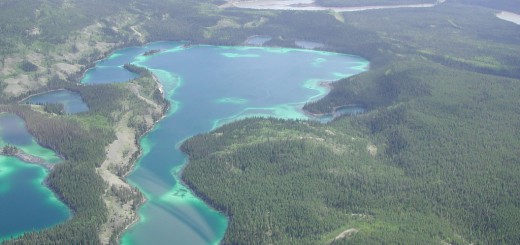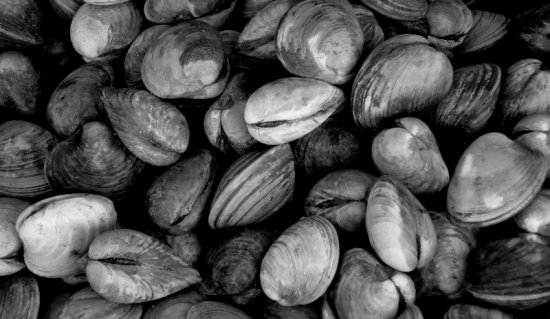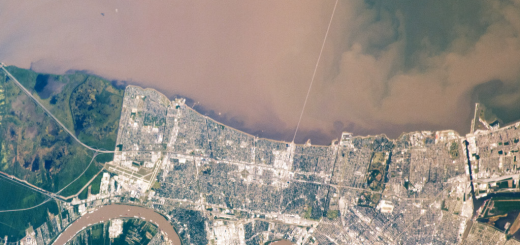Lake Pontchartrain Storm Surges Rotate
0Tracking storm surges has become increasingly important in light of recent hurricanes. But the issue is probably more concerning around Lake Pontchartrain and its neighbor to the west, Lake Maurepas, following Hurricane Katrina in 2005 and Hurricane Isaac in 2012.
Understandably, residents of nearby towns want to know how the lakes will behave if another hurricane hits. One group formed in February 2015, called the Pontchartrain-Maurepas Surge Consortium (PMSC), has looked to address some of the risks from storm surges around the two lakes.

New Orleans’s lakefront seawall during Hurricane Isaac. (Credit: European Press Agency via saveourlake.org)
In a recent report, the group of cities, parishes and nonprofit groups has published findings revealing that Lake Pontchartrain’s behavior during storms is far different from what many have assumed. Instead of water sloshing to just one side depending on the activity of a storm, as had been widely thought, the report shows that water actually rotates around the lake’s perimeter.
“While the terms ‘tilting’ or ‘sloshing’ have been previously used to describe key dynamic processes of storm surge movement in Lake Pontchartrain, these terms can be misleading because the peak surge generally rotates around the lake perimeter (‘surge rotation’) rather than directly transferring (tilting / sloshing) from one end of the lake to the other,” authors write in the report.

Lake Pontchartrain causeway. (Credit: Flickr User glennaa via Creative Commons 2.0)
In compiling the report, officials with the PMSC examined both Hurricanes Katrina and Isaac, which had two fundamentally different tracks. Isaac passed to the west and so the peak surge rotated clockwise from the southwest corner of Lake Pontchartrain. In Katrina’s case, the storm moved east, causing the surge to rotate counter-clockwise from the southwest corner toward New Orleans.
“The asymmetries of shoreline type, bathymetry and related landscape characteristics are important secondary influences to the actual surge heights during the typical surge rotation, and may explain why highest surge can occur after the storm has moved inland,” authors write.
Officials caution that every storm is different, so the surge that results can vary and depends on many forces.
Find the full results of the report posted on the PMSC website.
Is it surprising that hurricanes can cause Lake Pontchartrain’s surge to rotate? How can these findings be used in disaster management? Please consider leaving a comment to share your thoughts!












